Thoroughly checking your home indoors and out, from pipes and eaves to heaters and trees, is a must-do when preparing for winter.
Your house is an investment and a place to be comfortable and safe. To get the most out of where you live through all seasons, make sure to plan.
Fall is the perfect time to start thinking about winterization. While the weather is relatively pleasant and stable, tend to maintenance tasks and consider how you can avoid emergencies and damage by being proactive.
To get ready for cold weather, take a look at these ways to winterize your home.
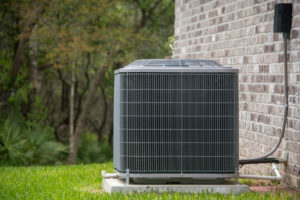 Give your HVAC system a checkup
Give your HVAC system a checkup
Heating and air conditioning systems don’t last forever. They’re good for about 15 years, but some have a shorter lifespan of about 10. If your system is going on 10 years (or older), fall is an important time for a yearly checkup.
At the very least, you should change the filters monthly. However, it is recommended to get a comprehensive inspection annually from a licensed HVAC contractor. This professional should check the entire system to ensure you’ll have heat and avoid hazards like fires and carbon monoxide poisoning.
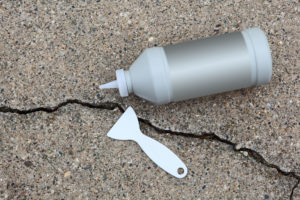 Seal your walkways, driveways and patios
Seal your walkways, driveways and patios
All cracks in masonry surfaces, like concrete walkways, driveways and patios, should be sealed to avoid expanding. Find a reputable mason who will take time to strategically insert control joints where needed so further cracking doesn’t occur.
After control joints are placed, the mason will seal any cracks so that water doesn’t get in and freeze. Don’t overlook this necessary step in the winterization process. If you check it off the list, your masonry will last a long time.
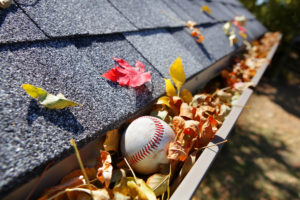 Clean out your gutters
Clean out your gutters
Aside from leaves and branches, gutters accumulate dirt and other debris. When they’re full of material, there’s no room for rain so the water will run in undesirable places, such as over the gutters or into your home.
To keep gutters from backing up, get rid of any new or deteriorating material you find. Take a day to purge your entire gutter system so water properly channels away from your home’s façade, foundation and basement.
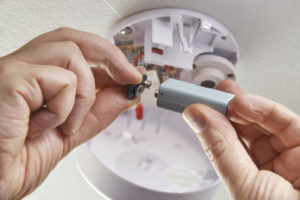 Check your carbon monoxide and smoke detectors
Check your carbon monoxide and smoke detectors
Winter fires in fireplaces and the use of heating units can poison inside air. Check carbon monoxide detectors to ensure they’re working. If you don’t have carbon monoxide detectors in each room, consider buying them.
Install new batteries in smoke alarms. While a peaceful winter is the goal, you never know when a holiday baking project will turn into an emergency. Be prepared by making sure your home is properly vented and ready to alert you to any potential danger.
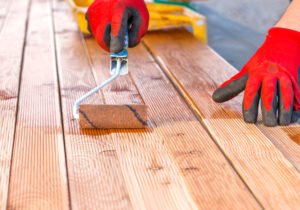 Seal exterior wood trim and paneling
Seal exterior wood trim and paneling
All exterior wood surfaces need to be sealed or painted so they’re protected from rain, sleet and snow. You’ll also want to treat exterior wood to ensure it lasts during extreme temperatures. Check for wood that needs replacing and tackle that task first. Then seal doors, window casings and paneling.
A good carpenter can take on this job, but many homeowners prefer to do small tasks like this themselves. Whether you want to seal wood yourself or hire a professional to do it, keep an eye out for cracking paint and chipping wood. These are signs that extensive winterization is necessary.
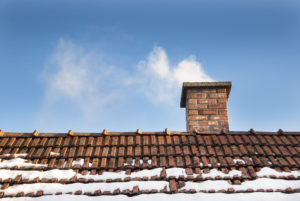 Clear out your chimney
Clear out your chimney
Winter fires indoors are a cozy delight. Keep safety a priority by clearing out your chimneys. Having them cleaned and inspected by a licensed company is the best course of action. A chimney sweep can tell if it’s safe to use the fireplace and alert you to problems that need to be addressed.
Winterizing also means storing firewood in a location where it will stay out of the elements and be convenient. You won’t be able to build a safe and warm fire with rotted wood.
In addition to these ways to prepare your home for winter, shut down the sprinkler system, make sure trees nearby are healthy, audit for energy efficiency and winterize your lawn.


